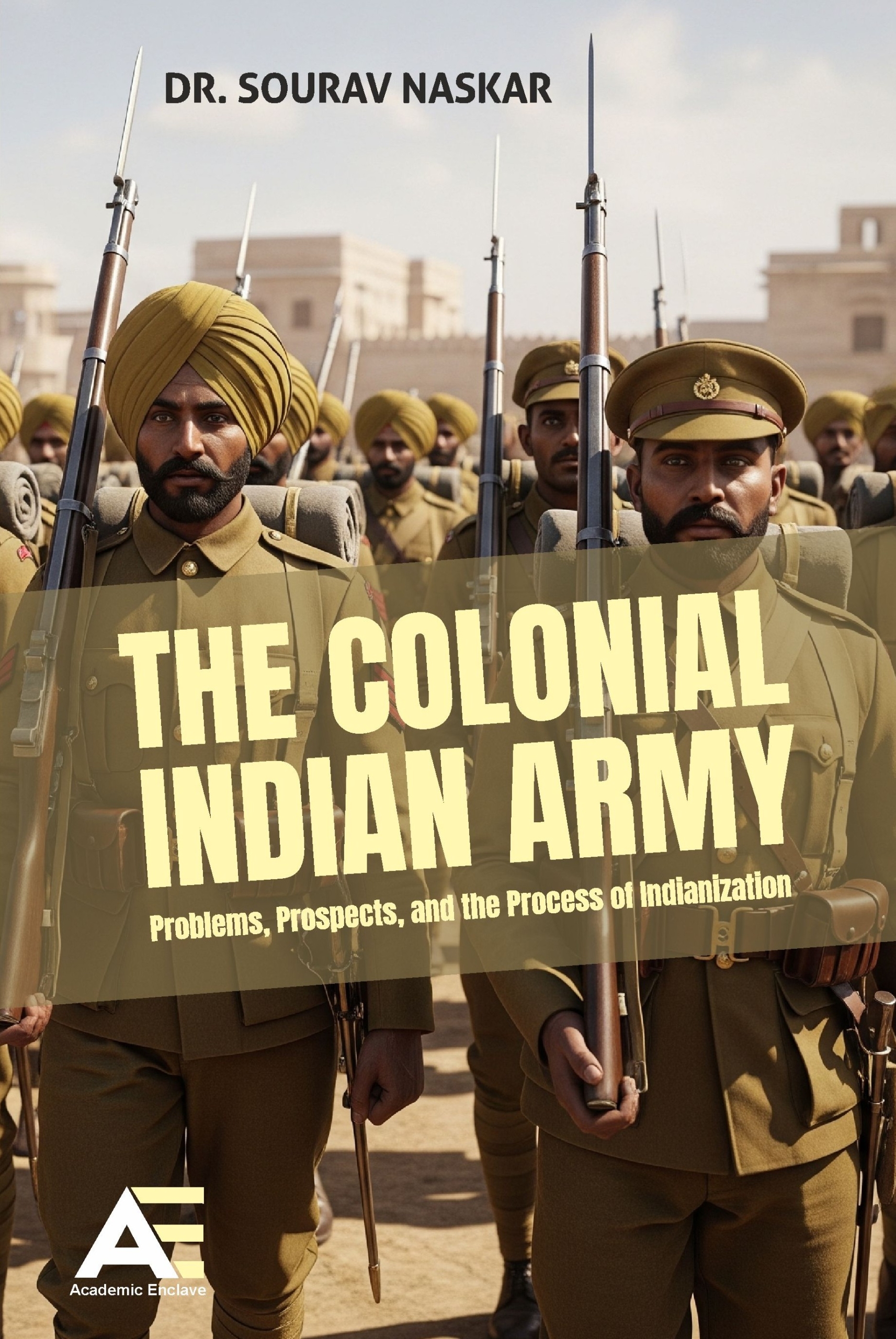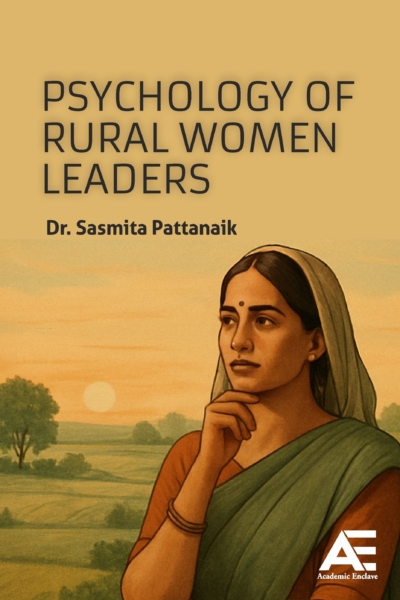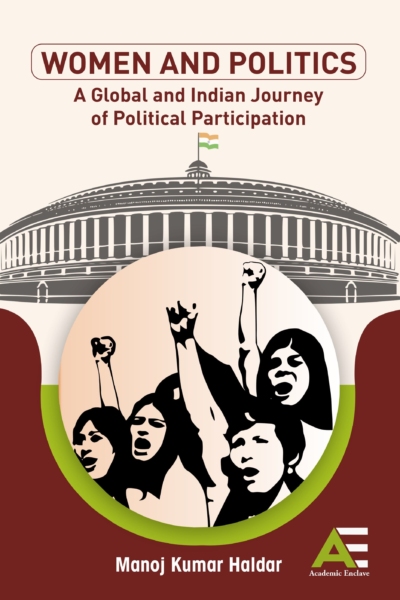Description
About the Book
This book records the history of the Indianization of the Armed Forces of the colonial British Indian Army. There was a very long history with regard to this matter. Various problems and challenges were there given the different culture, ethnicity, and tradition of the Indian troops. The British were very cautious in Indianizing the native troops. Their imperial interest was the foremost thing. The East India company did the same thing while the crown’s rule also did not alter the British imperial interests. While fulfilling their interest, the British simultaneously took some policies, made some changes, went for modifications, implemented rules and regulations to make the colonial army more purpose- oriented, fulfilling their long term wishes in real. However, after the Second World war, the British came to understand that their imperial interest in India was about to end given the process of decolonisation in priority. The process of Indianization took a upside surge at the end of Second World war which culminated to the Independence of India. This book covers the timeline of the colonial period, beginning from the rule of East India company to the end of British Raj in India.
About the Authors
Dr. Sourav Naskar is continuing as an Assistant Professor of History (Senior Grade) at Vidyasagar University, West Bengal, India. Before joining this University, he served as the Head of the Department (HoD), in the Department of History, Mohanpur Government College, West Bengal under W.B.E.S. He completed his Doctorate in History from Visva-Bharati, A Central University. His doctoral thesis was on the military history of the wars of post-independent India. He stood First class First in graduation in his college, affiliated to Calcutta University. He also ranked First class Third in post-graduation examination from Visva-Bharati, A Central University. He has performed the role of Resource Person in the Orientation Programme and Seminars. His articles have been published in the Journals of International and National repute. He has published an edited volume on India’s National Security Discourse: Emerging Perspectives. The Publishing house is located in New Delhi. He has presented numerous Research Papers in International and national- Seminars, Conferences, and Symposiums. His research areas include the military history of South Asia, Defence and Strategic Studies, Peace and Conflict Resolution Studies, the History of Modern India, and International Relations.
Contents
- Presidency Armies13
- Army of Bengal Presidency14
- Bengal Native Infantry: Its organization14
- Army of the Bombay Presidency15
- Army of the Madras Presidency15
- Contribution of Robert Clive (1757-1767)15
- Attempt to stabilize organization of the Army (1785 A.D.)16
- The Re-Organisation of 179617
- Reorganization of 182417
- The Hyderabad Contingent and the Punjab Force18
- Peel Commission 23
- Amalgamation of the Presidency Armies27
- Curzon, The Princes, And Indianization37
- Kitchner Reforms and Kitchner’s Army (1902-1914)42
- British Policy Towards Indianisation57
- The Process of Indianization: Army65
- The Process of Indianization: The Navy70
- The Process of Indianization: The Air Force73
- The Situations over the Trial of INA Officers, Election, and Subsequently Royal Indian Navy Mutiny76
- Towards Independence79
- The Restructuring of the Army82
- Armed Forces Reconstitution Committee82
- The Joint Defence Council86
- The Division of Army Units87
- Retention of British Personnel 90








Reviews
There are no reviews yet.